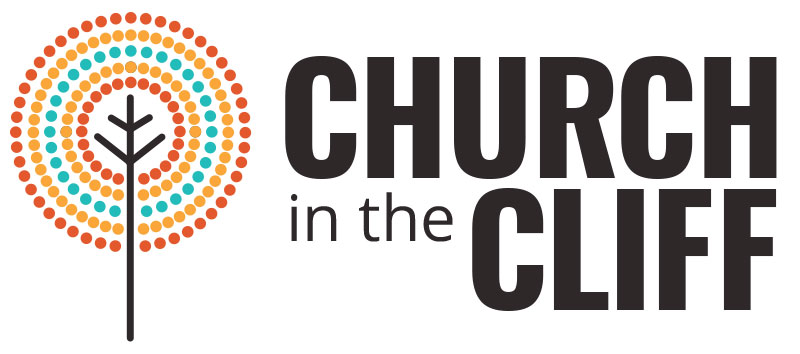I remember when people began to talk about their “inner child.” Like most people, I thought it sounded ridiculous. Whatever problems we might have, I did not believe an inability for adults to act like children was one of them. Then I went to a therapist that used inner child imaging to really dig around in my psyche. I have changed my tune.
I wonder if what we think of this method has to do with how we think about children. We want them to behave. We want them to be quiet. We want to control them, so that they can learn to control themselves. If we try to reawaken our inner child, we imagine we will all be screaming in a department store.
But the way that inner child work works is by regressing to a time when we felt safe, secure, and supported. If we have parents that are the least bit cut our for the job, we have at least one brief moment when we feel like we are okay and the world is okay. That feeling of love and well-being gives us the chance to take risks and discover our limitations, not through the invented consequences of punishment, but from the very real consequences of life. (A hot stove hurts; you don’t need a spanking on top of it.) We learn to parent ourselves because we really knew a lot when we children. The world has convinced us that none of it was true, that you can’t risk because you can’t trust. God says otherwise.
It shouldn’t come as a surprise that, when Jesus is trying to tell the disciples (again!) what it’s all about in Mark 9.33-50, he brings a child into the scene. The disciples are missing the point (again!) and arguing about who is the greatest among them. They seek power and prestige. But Jesus tells them that, to be first, they must be last and they must serve others. Then he brings in the kid. He holds the child in his arms, like a mother would, and says that welcoming a child is equivalent to welcoming God. The word used here (dechomai) is the same word used when talking about receiving salvation. There is a sense of intimacy and personal involvement. To take a child in your arms is like taking God into your life.
Of course, the disciples don’t get it (again!), so they argue. Most translations say that John “said,” but it is said in answer to what Jesus said. He tells Jesus about someone casting out demons in Jesus’ name, but the disciples told him to stop because he wasn’t following them. This is John’s counterpoint, his rebuttal. Like all who seek power and prestige, John wants to be the gatekeeper to the promise of the Gospel. What is important to John is not that people are made whole again, that they find peace, but who gets the credit. For his closing argument, Jesus produces another child.
He tells them that it would be better to drown in the sea than to cause a child to stumble. Whatever life in God is, it takes care of children. It takes care of the most vulnerable. It nurtures them into a life wholeness and peace. Whatever part of you makes it impossible for you to do it, you need to cut it out. He uses bodily metaphors, reversing the cultural norms of the day that put the impaired at the bottom of the societal ladder, and elevating them to full participation in the family of God. The kindom of God is for those who have lost an eye or a leg, but not for those who are unwilling to lose the power and prestige granted by the world. Well, not just yet.
What appears to be a judgment turns out, like all judgments, to be an opportunity. When Jesus talks about “hell” here, he is talking about a real place, the Valley of Hinnom, which lies right outside the Dung Gate in Jerusalem. It was the trash heap. If you shamed your family (“scandalized” them, whose root is the Greek skandalizé, which is translated here as “cause to stumble”) you might not be allowed a proper burial, which means you get tossed into the trash. Like most trash heaps, the fires burn all the time and when they aren’t, the worms squirm around eating all the organic matter, like dead bodies. Jesus is describing a very real thing that everyone understood: bad people get thrown in the trash when they die. No one wants that. But then he turns it around.
In the end, everyone goes into the fire. The image of the fire of God is not one of punishment, but one of purification. The chaff is burned from the wheat and gold is cleared of its impurities. That fire of God burns in you all the time. You can feed it; you can nurture that God-identified self through introspection and prayer and study and kindness. If you don’t – if you don’t cut off the leg that scandalizes you – you will eventually get burned, your life will be turned upside down and everything you thought was true will be called into question. It’s going to hurt, just like that hot stove. When it does, God is there to welcome you home, to support you in your transformation.
Finding your inner child means dying to those things that cause you to stumble. At some point, that child, that fire of God, that salt that gives everything its flavor, got lost or covered over. And it seems like we can’t find it again. We seek power and prestige to make ourselves feel safe, but God says we are safe and supported, that we have everything we need to be okay, to be whole and to find peace. All we have to do is be willing to die, so that we can be born again.
